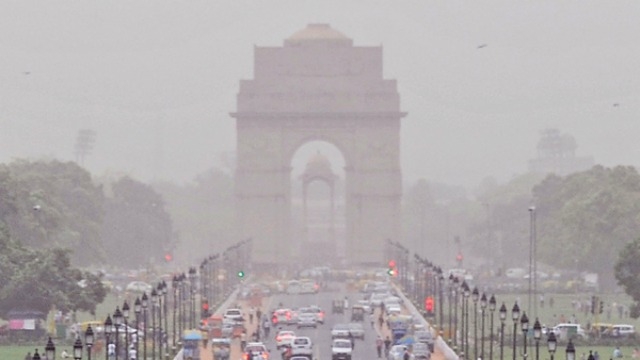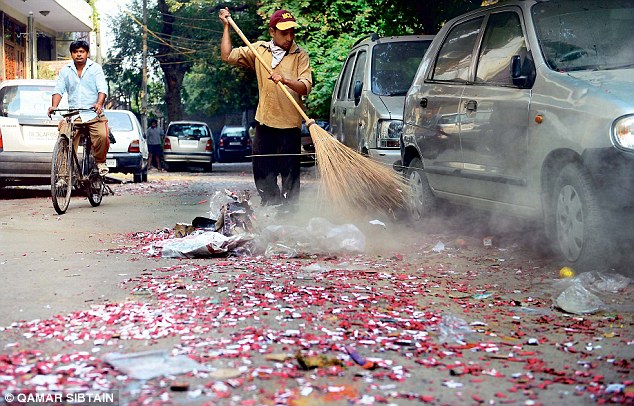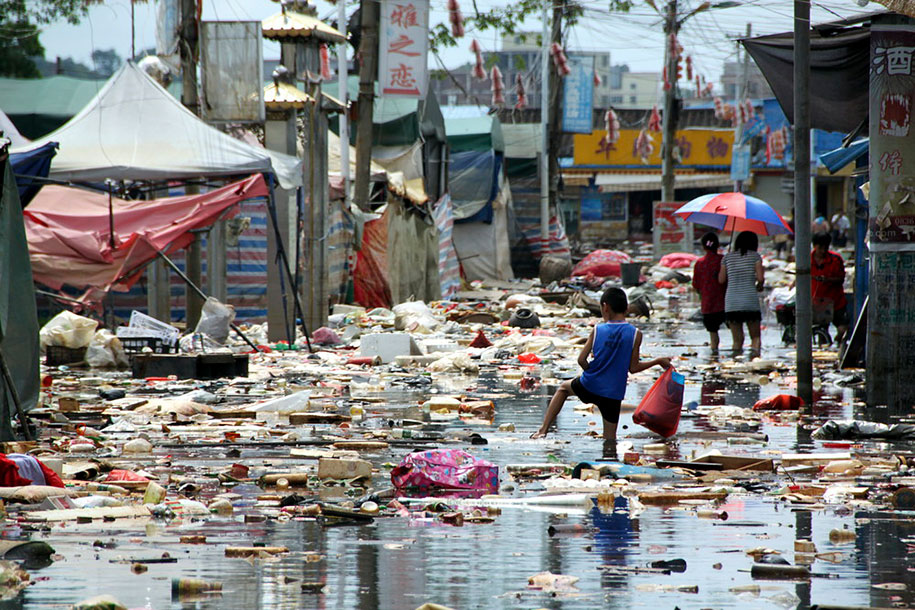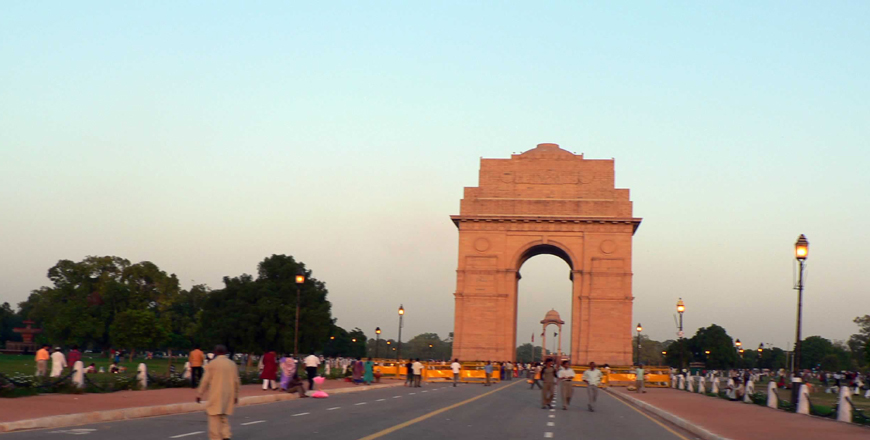Diwali this year in Delhi is expected to be significantly more polluted than in the previous two years, said an official survey on Saturday.
According to System of Air Quality and Weather Forecasting and Research (SAFAR) of the Ministry of Earth Science, the air quality in the National Capital Region will be “severe” on October 30 and 31 and “worst” on October 31.
The Air Quality Index (AQI) will be 443 on Sunday, or the Diwali day, and reach 472 the day after. AQI between 300 to 400 is rated as very poor, and above 400 is rated as severe.

“The highest levels of PM10 and PM2.5 (particulate matter) are expected between 11 a.m. and 3 p.m. on the night of October 30 and 31. The air quality will be worst on October 31 and will start to improve from November 1,” says the SAFAR forecast.
There is enough moisture in the air and winds are stagnant, and atmospheric holding capacity of the emissions coming from firecrackers has increased, it said.
According to SAFAR, PM 2.5 particulate concentration in the air on Diwali is likely to be around 322 micrograms per cubic meter as compared to 217 micrograms on Diwali last year and 260 micrograms in 2014.

While PM10 or particulate matter between 2.5 to 10 micrometers in diameter usually emanates from crushing or grinding operations and dust stirred up by vehicles on roads, PM2.5, particulate matter 2.5 micrometers or less in diameter, are produced from all types of combustion, including motor vehicles, power plants, residential wood burning, forest fires, agricultural burning, and some industrial processes.
As per SAFAR health advisory, when the AQI is severe, people should avoid all physical activity outdoors.
While adjoining Noida in Uttar Pradesh is expected to be the most polluted area, Lodhi Road in Delhi is likely to be least polluted.
Incidentally, the levels of particulate matter were significantly low in 2016 as compared to 2014 and 2015, but since October 25, started to become significantly higher.

Delhi Pollution Control Committee’s (DPCC) senior scientist M.P. George attributed paddy stubble burning in Punjab and Haryana as the chief reason for this year’s Diwali being more polluted than 2014 and 2015.
“While every year around this time, farmers in Haryana and Punjab set paddy stubble ablaze to prepare for the next crop season, the pollution this year has been more,” he said.
The Delhi government too blamed crop residue burning in neighbouring states as tje major source of air pollution in and appealed the people to not burst crackers on Diwali.

“Delhi government on Saturday reviewed the ambient air quality in the national capital on the eve of Diwali and the analysis has found that fires in fields arising out of agricultural residue burning in the neighbouring states are having a major adverse effect on the air quality,” said an official statement.
The state environment department has also seized illegally imported crackers in several parts of the city.














